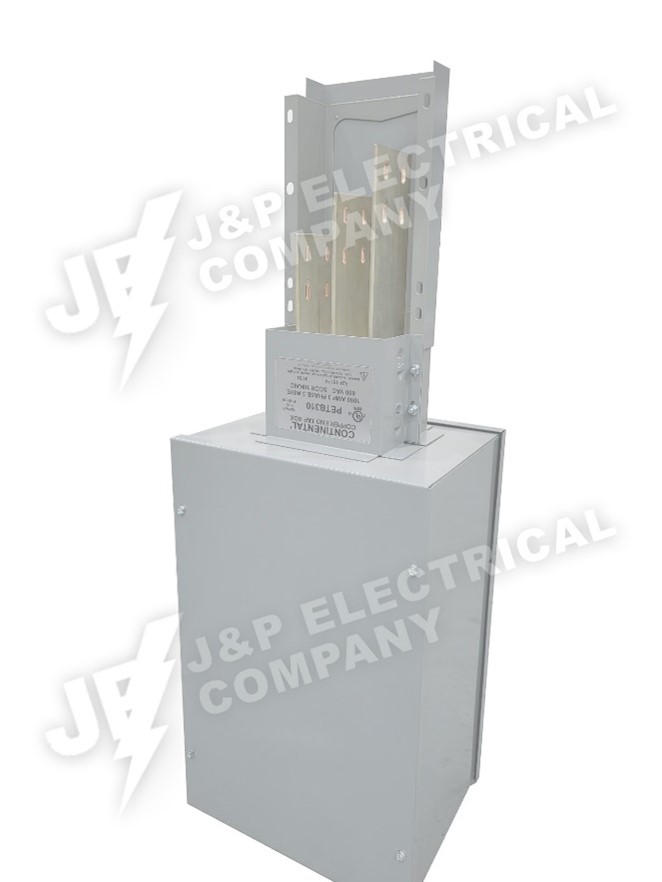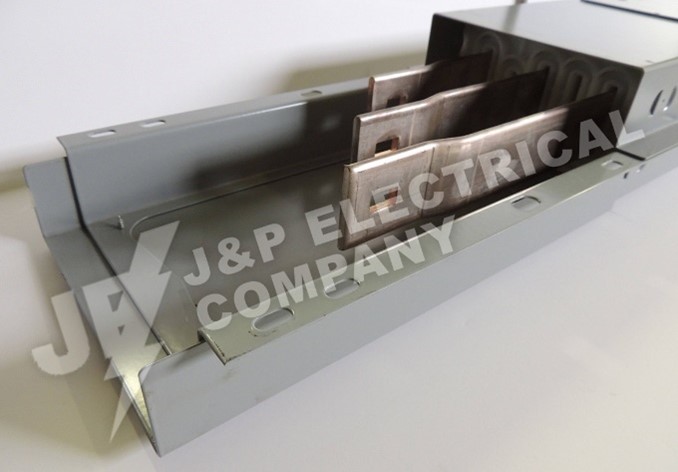In the ever-evolving landscape of heavy industrial electrical supply, staying ahead of the curve means keeping a close eye on emerging trends and technological advancements. As industries pivot toward more efficient, sustainable, and innovative solutions, the heavy electrical supply sector is experiencing significant transformations. In this blog post, we review the key trends shaping the field, particularly technological advancements and the growing emphasis on sustainability practices.
Advancements in Technology: Powering the Future
Smart Grids and IoT Integration
The integration of Internet of Things (IoT) technology and smart grids is revolutionizing the way heavy industries manage and distribute electrical power. Smart grids enable real-time monitoring and control of electrical systems, enhancing efficiency and reducing downtime. IoT devices provide valuable data insights, allowing for predictive maintenance and optimized energy usage.
Energy Storage Solutions
Advancements in energy storage technologies, such as lithium-ion batteries and flow batteries, are pivotal in stabilizing the power supply and enhancing grid reliability. These storage solutions are essential for industries relying on renewable energy sources, ensuring a consistent power supply even during periods of low generation.
Automation and Robotics
The rise of automation and robotics in heavy industrial applications is transforming operations, improving precision, and enhancing safety. Automated systems and robotic equipment can handle complex tasks with minimal human intervention, reducing the risk of accidents and increasing overall productivity.
Advanced Monitoring and Control Systems
Modern monitoring and control systems equipped with advanced software and sensors are enabling industries to optimize their electrical infrastructure. These systems provide real-time data on energy consumption, equipment performance, and potential faults, allowing for proactive maintenance and efficient energy management.
Sustainability Practices: A Green Future
Renewable Energy Integration
The shift towards renewable energy sources, such as solar, wind, and hydroelectric power, is a significant trend in heavy industrial electrical supply. Industries are increasingly investing in renewable energy projects to reduce their carbon footprint and comply with environmental regulations. This transition not only promotes sustainability but also ensures long-term energy security.
Energy Efficiency Initiatives
Energy efficiency is at the forefront of sustainability practices in the heavy industrial sector. Companies are adopting energy-efficient equipment, optimizing processes, and implementing energy management systems to minimize energy waste. These initiatives not only reduce operational costs but also contribute to a greener environment.
Green Certification and Compliance
Adhering to green certification standards and regulatory compliance is becoming crucial for industrial players. Certifications such as ISO 14001 (Environmental Management System) and LEED (Leadership in Energy and Environmental Design) are benchmarks for sustainable practices. Achieving these certifications demonstrates a commitment to environmental responsibility and enhances a company’s reputation.
Waste Reduction and Recycling
Sustainable waste management practices, including recycling and reusing materials, are gaining traction in the heavy industrial sector. By reducing waste and promoting circular economy principles, companies can significantly lower their environmental impact and contribute to resource conservation.
The Road Ahead
As the heavy industrial electrical supply industry continues to evolve, embracing technological advancements and sustainable practices is not just a trend but a necessity. Companies that prioritize innovation, efficiency, and environmental responsibility will be better positioned to thrive in the future.
At J&P Electrical, we are committed to staying at the forefront of these developments, providing our clients with cutting-edge solutions that meet the highest standards of performance and sustainability.
___________
J&P Electrical is a full-service electrical supply company. At J&P, we source contractors, end-users, and supply houses with new surplus, quality reconditioned, and obsolete electrical equipment. We also purchase a wide range of heavy industrial electrical equipment such as bus plugs, bus duct, transformers, circuit breakers, fuses, and switchboards. Call us at 877-844-5514 for assistance.
Written by the digital marketing team at Creative Programs & Systems: www.cpsmi.com







